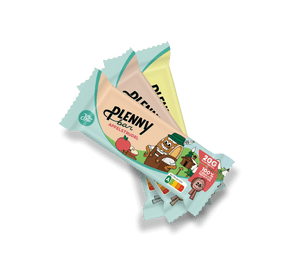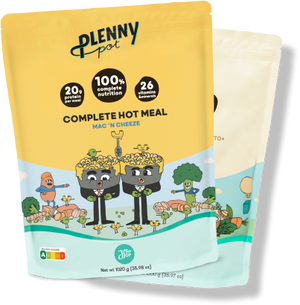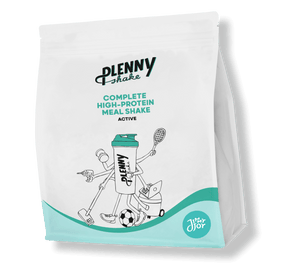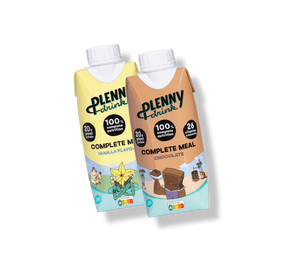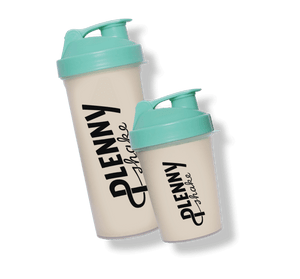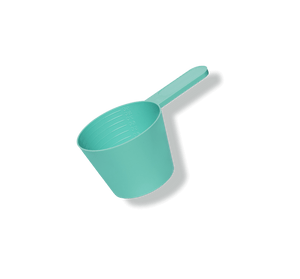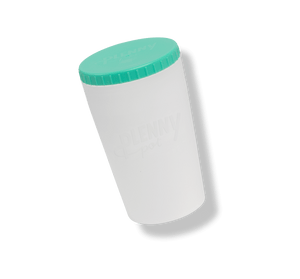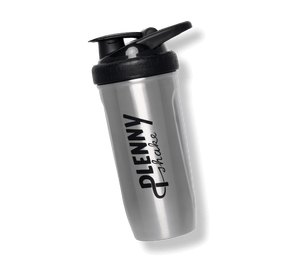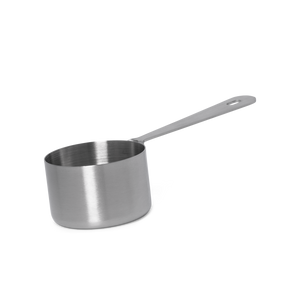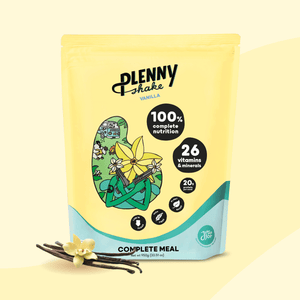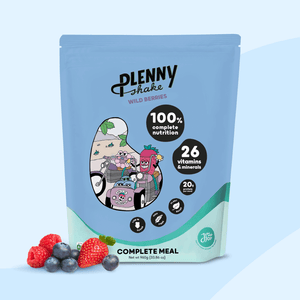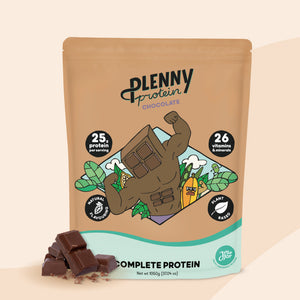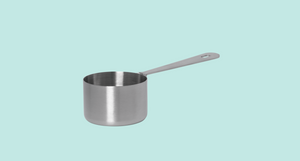
You’ve probably heard a thing or two about soy protein. The good, the bad, and the ugly.
“Soy protein is bad for you!”
“Soy protein will mess up your hormones!”
We’re here to share information about soy from reliable sources. This scientific guide will help you better understand the most important things you need to know about soy.
Let’s get started.
Why Should I Eat Soy Protein
Soybeans are nutritional powerhouses. They contain high-quality protein, essential fatty acids, fibre, and important vitamins and minerals. They contain twice the amount of protein and more oil (healthy unsaturated fat) than other beans and they have very little starch. All good things!
A couple of years ago, the World Health Organization (WHO) and the Food and Agriculture Organization (FAO) assessed the quality of all the different proteins, and established the protein digestibility-corrected amino acid score (PDCAAS).
As you can read on our page about macronutrients, proteins are made of many amino acids and the PDCAAS evaluates their quality by comparing its amino acid composition to what our body can absorb and use. The highest PDCAAS value that any protein can achieve is 1.0.
Here's a list of the best protein sources:
- Whey (1.0)
- Casein (1.0)
- Soy (1.0)
- Pea (0.89)
- Flaxseed (0.61)
- Oats (0.6)
- Rice (0.42)

What is the relationship between soy and hormonal activity?
Soy is the main source of dietary isoflavones, which are naturally present in many plants, including legumes.
Isoflavones are classified as phytoestrogens: plant-derived compounds with estrogenic activity, where the term "phyto" refers to the fact they are of plant -origin. They are often related to hormonal activity because their chemical structure shows similarities to the human hormone estrogen.
So, phytoestrogens are estrogen-like compounds found in plants, and isoflavones in soybeans are just one of several classes of phytoestrogens.
Although phytoestrogens are chemically similar to estrogen and behave like the hormone in some respects, they are estimated to be between 100 and 100,000 times weaker than the estrogens that occur naturally in humans. [3] Research indicates that soy isoflavones may have a mild effect on hormone balance, but they do not significantly increase estrogen levels in healthy individuals. Moreover, other studies show no adverse effects on men’s testosterone levels or fertility. [4, 5, 6]
Long story short: there is no reason to believe that soy isoflavones will cause any hormonal damage or give you man boobs.

Is Soy Toxic?
You might not know this yet, but toxic compounds are produced by a variety of plants and animals as part of their growth and defence against predators, insects or microorganisms. In soybeans, lectins are one of these compounds.
These chemicals have diverse chemical structures and are vastly different in toxicity, all of which can be controlled through appropriate handling and production processes. Cooking or steaming soybeans for at least 5 minutes at a minimum of 100°C ensures the removal of lectins, the main toxin found in soybeans.
The sSoy flour and protein in our meals go through several high- temperature processes like roasting, dehulling, and drying. [7]

And what about soy and oxalate?
Some soy foods contain high amounts of oxalate, which is a key component of calcium oxalate kidney stones. However, it is difficult to quantify the exact impact of dietary oxalate and kidney stones. Research shows that boosting your calcium intake is a better approach to limiting the chance of kidney stones. [5, 6] Our meals contain a maximum amount of ~92mg oxalate per meal, complemented with 20% of the RI of calcium. [8, 9]
What Is the environmental impact of soy?
Many concerns about the impact of soy on the environment are attributed to how ethically soybeans are harvested, produced and distributed, particularly regarding deforestation in South America, where a significant portion of soy is grown. [11] So let’s dive in a little bit deeper.
Europe imports 15% of the world’s soy, mostly to feed animals that end up as lunch or dinner, which indirectly contributes to chopping down forests in areas like the Amazon. [12] But Europe is taking steps to address this issue. Initiatives such as Donau Soja and Europe Soya are all about growing non-GMO soy right here. This means less deforestation and more sustainable, eco-friendly farming. Plus, Europe’s Green Deal and Farm to Fork Strategy are pushing for less reliance on soy imports and encouraging us to embrace more plant-based diets. [13, 14]
Our soy flour and protein suppliers haves over two centuries of experience in processing beans and speciality grains. They get their soy from sustainable sources in the EU, Canada and China, so you can be sure there is no deforestation for the soy in our meals. And it’s all non-GMO certified, even though we don’t have any beef with GMOs.
Soy protein has way less environmental impact compared to meat — think less land, water, and lower carbon emissions. Winning! [10] Fun fact: Soy plants themselves naturally fix nitrogen, which reduces the need for energy-intensive artificial fertilisers used in the harvesting of other crops.
Here’s a way to look at it: producing 1 litre of soy drink requires three times less land, less water and emits less CO2 than 1 liter of milk.
Wrapping it Up
So there you have it—soy isn’t just a regular ingredient; it’s a powerhouse with a lot of benefits! From its high-quality protein to its lower environmental impact compared to meat, soy is making waves in the world of nutrition and sustainability. With Europe’s move toward more ethical sourcing and the rise of local, non-GMO soy options, we’re all set to enjoy this fantastic bean while doing our bit for the planet. Whether you're a soy fan or just curious, it's clear that this little bean packs a punch in more ways than one.
Food science and nutrition are dynamic and constantly evolving fields that we closely monitor to ensure we deliver the healthiest meal possible. Check out our sources below if you’re curious and want to dive in yourself.
Sources
- Sudarshan Nadathur, Janitha P.D. Wanasundara, Scanlin L. Sustainable Protein Sources: Advances for a Healthier Tomorrow [Internet]. 2nd ed. Elsevier; 2024. Available from: https://www.sciencedirect.com/science/article/abs/pii/B9780323916523000034
- Gorissen SHM, Crombag JJR, Senden JMG, Waterval WAH, Bierau J, Verdijk LB, et al. Protein Content and Amino Acid Composition of Commercially Available plant-based Protein Isolates. Amino Acids [Internet]. 2018 Aug 30;50(12):1685–95. Available from: https://www.ncbi.nlm.nih.gov/pubmed/30167963
- Messina M, Redmond G. Effects of Soy Protein and Soybean Isoflavones on Thyroid Function in Healthy Adults and Hypothyroid patients: a Review of the Relevant Literature. Thyroid: Official Journal of the American Thyroid Association [Internet]. 2006 Mar 1;16(3):249–58. Available from: https://www.ncbi.nlm.nih.gov/pubmed/16571087
- Hamilton-Reeves JM, Vazquez G, Duval SJ, Phipps WR, Kurzer MS, Messina MJ. Clinical Studies Show No Effects of Soy Protein or Isoflavones on Reproductive Hormones in men: Results of a meta-analysis. Fertility and Sterility [Internet]. 2010 Aug 1;94(3):997–1007. Available from: https://www.fertstert.org/article/S0015-0282(09)00966-2/fulltext#title-footnote-tblfn1
- Reed KE, Camargo J, Hamilton-Reeves J, Kurzer M, Messina M. Neither Soy nor Isoflavone Intake Affects Male Reproductive Hormones: an Expanded and Updated meta-analysis of Clinical Studies. Reproductive Toxicology [Internet]. 2021 Mar;100:60–7. Available from: https://pubmed.ncbi.nlm.nih.gov/33383165/
- Viscardi G, Back S, Ahmed A, Yang S, Blanco Mejia S, Zurbau A, et al. Effect of Soy Isoflavones on Measures of Estrogenicity: a Systematic Review and meta-analysis of Randomized Trials. Research Square [Internet]. 2024 Feb 7; Available from: https://www.researchsquare.com/article/rs-3857624/v1
- Pusztai A, Grant G. Assessment of Lectin Inactivation by Heat and Digestion. Lectin Methods and Protocols [Internet]. 1998;9:505–14. Available from: https://link.springer.com/protocol/10.1385/0-89603-396-1:505
- Sorensen MD. Calcium Intake and Urinary Stone Disease. Translational Andrology and Urology [Internet]. 2014 Sep 1;3(3):235–40. Available from: https://www.ncbi.nlm.nih.gov/pmc/articles/PMC4708574/
- Mitchell T, Kumar P, Reddy T, Wood KD, Knight J, Assimos DG, et al. Dietary Oxalate and Kidney Stone Formation. American Journal of Physiology-Renal Physiology [Internet]. 2019 Mar 1;316(3):F409–13. Available from: https://www.ncbi.nlm.nih.gov/pmc/articles/PMC6459305/
- Caspari C, Christodoulou M, Nganga J, Ricci M. EUROPEAN PARLIAMENT Science and Technology Options Assessment. Implications of Global Trends in Eating Habits for Climate Change, Health and Natural Resources Study IP/A/STOA/2008-04 PE 424.735 [Internet]. 2009 Apr. Available from: https://www.europarl.europa.eu/RegData/etudes/etudes/join/2009/424735/IPOL-JOIN_ET(2009)424735_EN.pdf
- Pittman A. How Planting Crops Used to Feed Livestock Is Contributing to Habitat Destruction [Internet]. One Green Planet. One Green Planet; 2017. Available from: https://www.onegreenplanet.org/environment/livestock-feed-and-habitat-destruction/
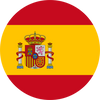
 Everything You Need In One Meal
Everything You Need In One Meal
 Stay Full For 3-5 Hours
Stay Full For 3-5 Hours
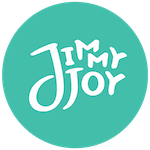



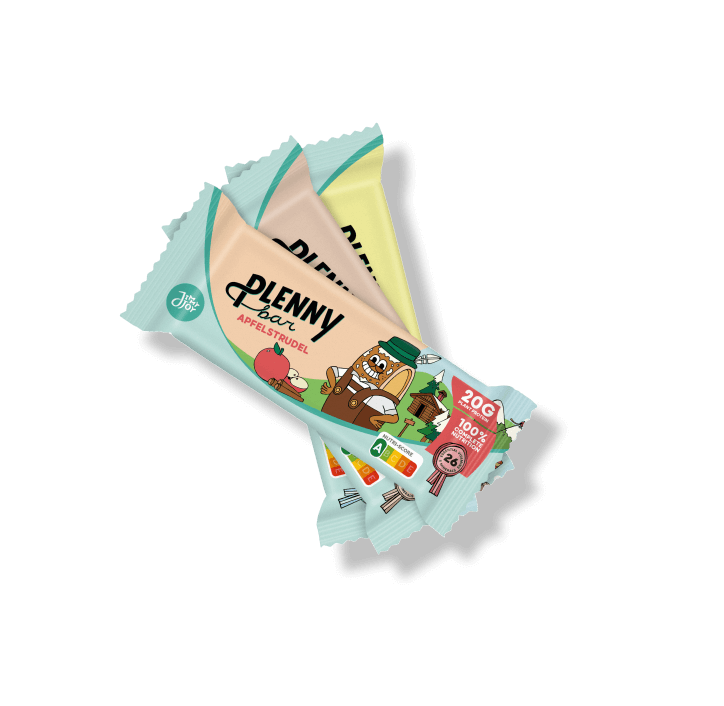


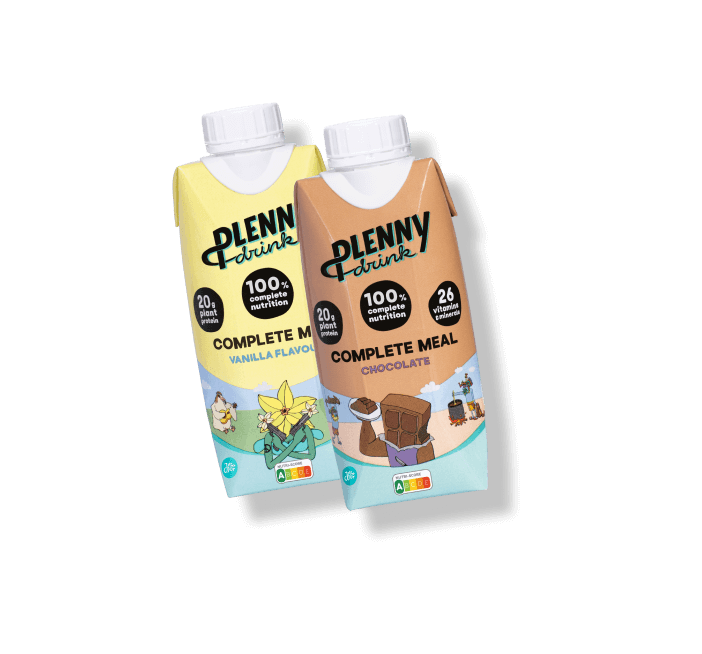
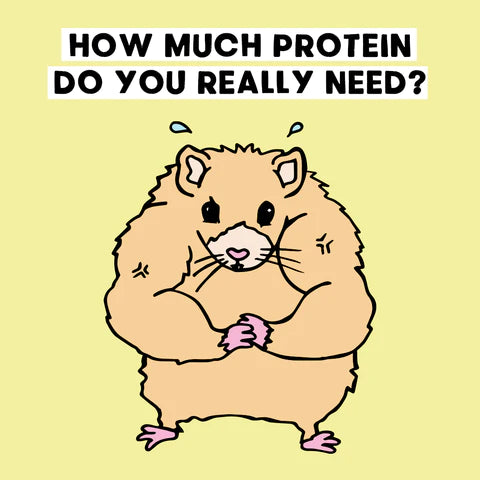










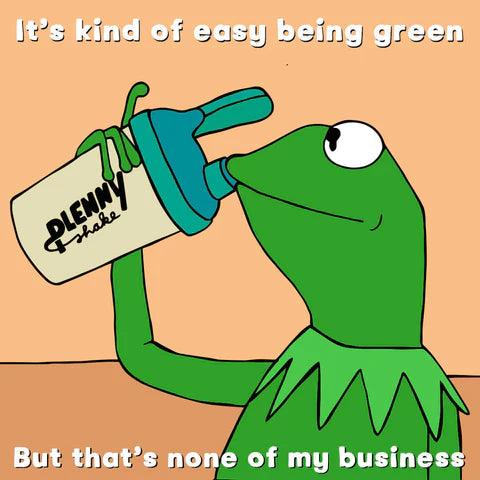
 Product added to cart
Product added to cart


